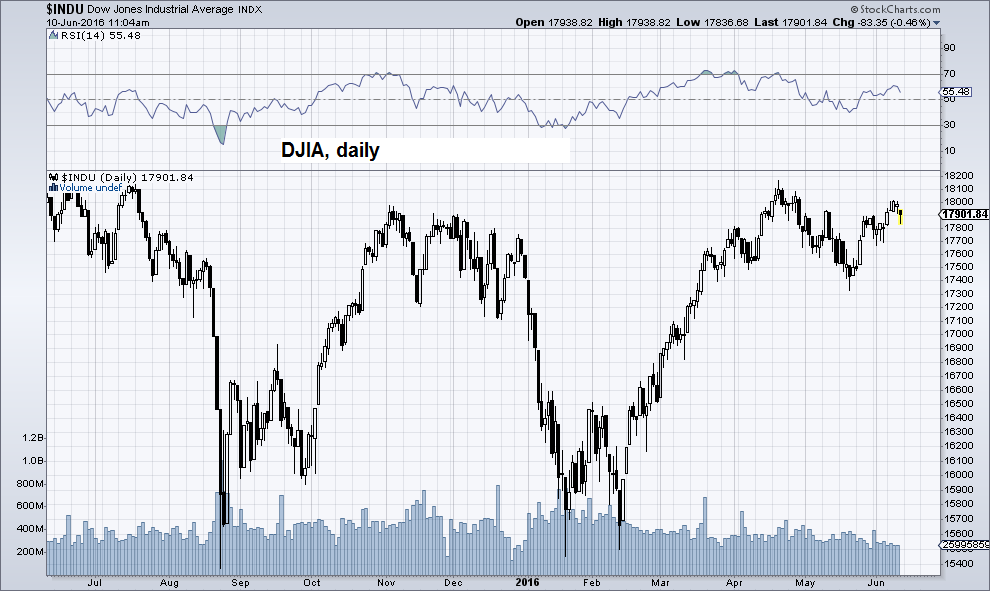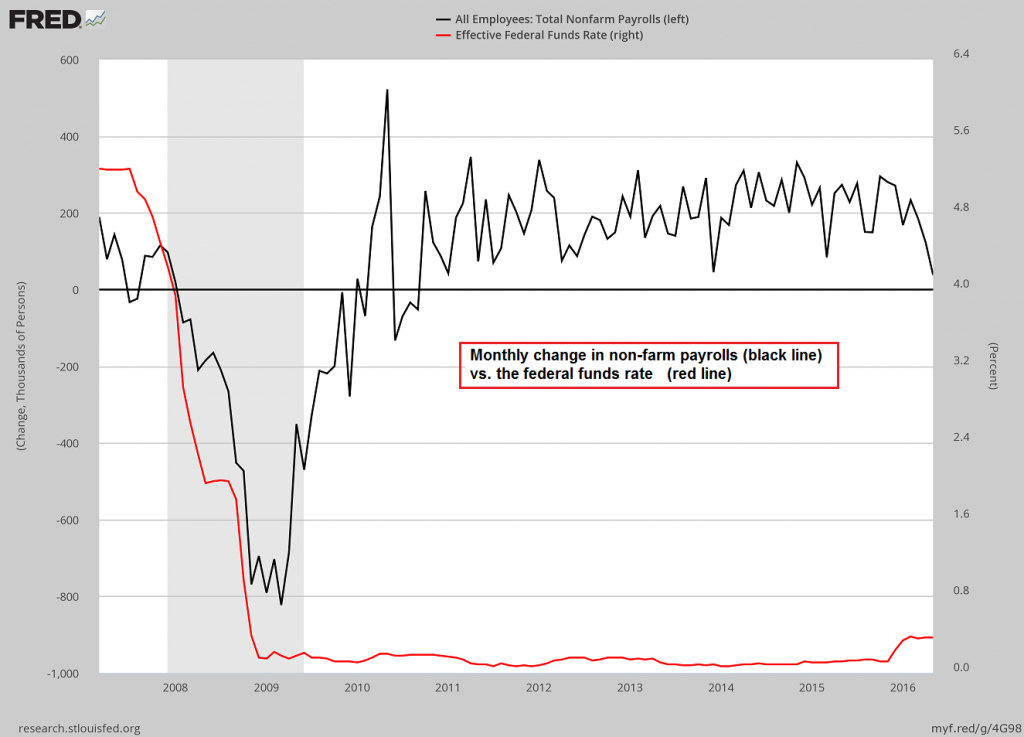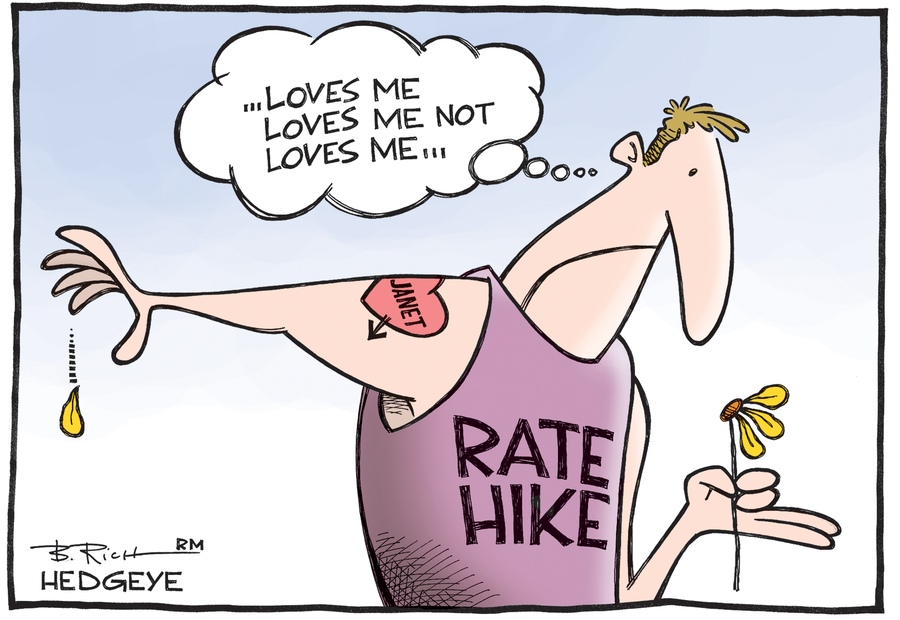Beyond Human Capacity Distilling down and projecting out the economy’s limitless spectrum of interrelationships is near impossible to do with any regular accuracy. The inputs are too vast. The relationships are too erratic. Quite frankly, keeping tabs on it all is beyond human capacity. This also goes for the federal government. Even with all their data gatherers and number crunchers they are incapable of stitching together an exact understanding of where the economy is really at, let alone where it is going. What’s more, the economy is always evolving and changing in ways that are hard to discern in advance. Cause and effect do not correlate with the simple precision of a balance scale. When one input decreases, an apparently correlated one can somehow increase. For example, when incomes go down, apartment rents should also go down. Lower incomes should result in lower price competition for apartment rents and, thus, lower rents. Logic would support the inherent truth of this premise. Yet, in Sacramento California, and many other places, the exact opposite has happened. Median incomes have declined 13 percent, while median apartment rents have increased 13 percent. How does that work? Perhaps too burdensome development regulations have something to do with it.
Topics:
MN Gordon considers the following as important: bad news is good news, Central Banks, Debt and the Fallacies of Paper Money, Dow Jones Industrial Average, Effective Federal Funds Rate, Featured, Janet Yellen, newsletter, Non-farm payrolls, On Economy
This could be interesting, too:
Nachrichten Ticker - www.finanzen.ch writes Die Performance der Kryptowährungen in KW 9: Das hat sich bei Bitcoin, Ether & Co. getan
Nachrichten Ticker - www.finanzen.ch writes Wer verbirgt sich hinter der Ethereum-Technologie?
Martin Hartmann writes Eine Analyse nach den Lehren von Milton Friedman
Marc Chandler writes March 2025 Monthly
Beyond Human CapacityDistilling down and projecting out the economy’s limitless spectrum of interrelationships is near impossible to do with any regular accuracy. The inputs are too vast. The relationships are too erratic. Quite frankly, keeping tabs on it all is beyond human capacity. This also goes for the federal government. Even with all their data gatherers and number crunchers they are incapable of stitching together an exact understanding of where the economy is really at, let alone where it is going. What’s more, the economy is always evolving and changing in ways that are hard to discern in advance. Cause and effect do not correlate with the simple precision of a balance scale. When one input decreases, an apparently correlated one can somehow increase. For example, when incomes go down, apartment rents should also go down. Lower incomes should result in lower price competition for apartment rents and, thus, lower rents. Logic would support the inherent truth of this premise. Yet, in Sacramento California, and many other places, the exact opposite has happened. Median incomes have declined 13 percent, while median apartment rents have increased 13 percent. How does that work? Perhaps too burdensome development regulations have something to do with it. Or maybe lasting fallout from the great mortgage bust is the culprit. Certainly, the shortage of affordable rentals is driven by a great variety of factors. |
|
Stranger than FictionOur intent is not to scratch for a conclusion to the Sacramento income vs. rental price conundrum. We’re merely holding it up as an example of one market enigma, as perceived by our own predisposed biases. Indeed, our own subjective preferences cloud our thinking. No doubt, many market movements seem stranger than fiction. But they happen all the same. It doesn’t matter if we expect them. Nor does it matter if we agree with them. Of course, the strangest market of all is the stock market. Just ask any stock picker. If they’re honest, they’ll admit to being right about 50-percent of the time. In other words, their efforts are as accurate as a coin toss. Confounding the price and earnings ratios of stocks is the largesse of monetary gas blowing into the market. Apparent distortions and irrational movements are pushed farther and wider than any honest individual would expect or think to be possible. Theories are even concocted to explain this strange reality. One critical insight of late is that bad news for the economy is good news for stocks. Conversely, good news for the economy is bad news for stocks. In practice this will be proved to always be true until the moment it isn’t anymore. However, presently it appears to be true. |
|
How Capital is Allocated in 2016At the moment, the broad market expectation is that reports of bad economic data – like last Friday’s sour jobs report – translate to a further delay in raising the federal funds rate. A lower federal funds rate means a weaker dollar and the continuation of cheap credit that can be put to use speculating in the stock market. Simple logic seems to support this premise. Whether this is actually true or not doesn’t matter. What matters is that investors and traders alike believe it to be true. As this shared belief makes its way into the stock market, a self-reinforcing cycle develops. Rising share prices beget rising share prices. The DJIA is, once again, a hair shy of 18,000. If this keeps up, it could soon pass its all-time high of 18,312 notched on May 19, 2015. At the same time the yield on the 10-year Treasury note has fallen to just 1.68 percent and the dollar, as measured by the dollar index, has fallen to 94.22 – down from 100.51 late last year. Somehow this is all predicated on the belief that the Fed will hold off on hiking the federal funds rate next week. The world has been reconfigured since last Friday’s jobs report in anticipation of it. This strange situation, you see, is the effect of today’s present system of centralized monetary control. |
|
| People must pant and gasp over a forthcoming utterance from a central deity. They must also place their chips in a way to exploit what they believe the market reaction will be. Then, following next week’s FOMC meeting, everyone will parse through Janet Yellen’s statement for an inkling of what to expect at the FOMC meeting in late July.
The stock market will then flop about until a shared notion of what the Fed will do at the subsequent meeting develops…factoring in the various government economic reports as they’re released. Remember, bad news is good news. But don’t forget, good news is bad news. Alas, this is how capital is apparently efficiently allocated to its highest and best use in the year 2016. Surely, there must be a Darwin Award for this grand achievement. |
Charts by: StockCharts, St. Louis Federal Reserve Research
Chart and image captions by PT
M N. Gordon is the editor and publisher of the Economic Prism. This article was originally published as “How Capital is Allocated in 2016”




